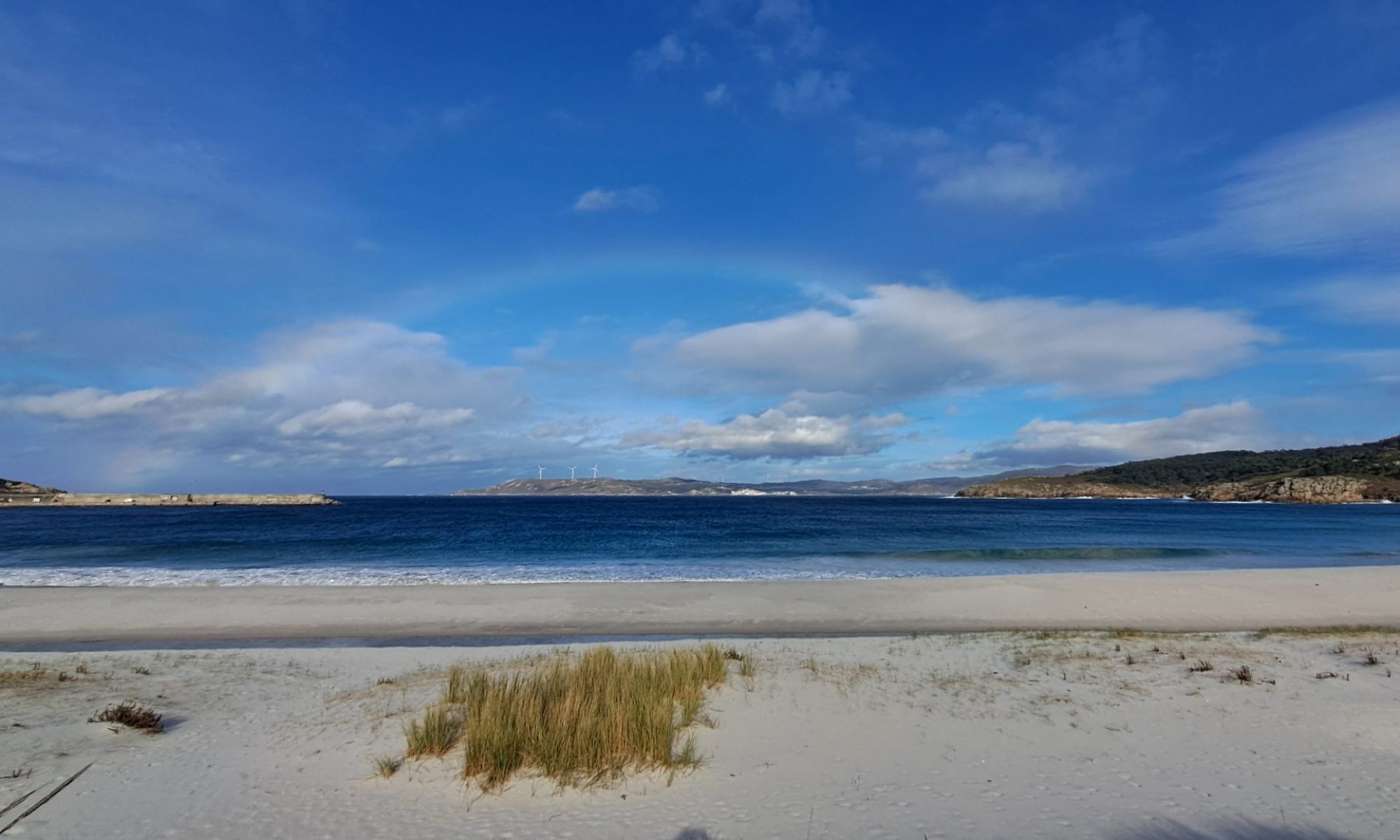This year’s SCA Club and Volunteer Conference didn’t have as much in the way of certificates as previous years but I did do the full day classroom qualifications of Coastal Navigation and Tidal Planning. I’ve been wanting to do this for a while to improve my knowledge of sea paddling theory and of maps in general. It covers what you need to know about the weather, reading Admiralty or other navigation charts as well as OS maps and planning for tide heights and currents. Our tutor was Mark McKerral from Paddle Lochaber, who was excellent.
Here’s some notes for my own reference and anyone else who cares to read.
Doing this safety course is needed for a 4 star and is part of the remit to lead a session in moderate water which on the sea means: up to force 4 winds, 2 nautical miles off the coast and a tide speed of 2 knots.
Places to get weather information are websites from the BBC and the Met Office. Met Office gives shipping, inshore waters, synoptic/pressure and general forcasts. Inshore waters is most interesting to us as coastal paddlers. XCweather.co.uk and windfinder are also good. Magic Seaweed website gives surf predictions and swell charts. You can also call a Coastguard and ask or listen to a VHF radio broadcast.
A weather front is where hot and cold air meet. Warm air holds moisture and cold releases it.
Anabatic winds is a sea breeze, when the land is heated by the sun causing hot air to rise and colder air from the sea to blow in. Katabatic winds is the opposite.
Sea fog appears when warm air (carrying moisture) drifts over a cold sea.
Shipping forcast on Radio 4 gives: general warnings, general synopsis then area info. Area is wind direction, wind force, sea state and visibility. Radio 4 also gives an inshore waters forcast. Rottray to Berwick is the area I care about covering the Firth of Forth. Sea State is the Douglas scale and covers wave height:calm is < 10cm, smooth is < 50cm, slight < 1.25m then moderate, rough phenomenal. Words are deceptively gentle sounding for a sea kayak. Sea navigation charts (maps) are made by Admiralty (part of the UK Hydrographic Office) and Imray (commercial company). They cover the depths in metres. 1 nautical mile is 1.8km which is close to 2km for casual purposes. 1 minute of arc of latitude (or longitude at the equator) on the earth is 1 nautical mile. nautical miles are used rather than km because on mercator maps the scale changes depending on your distance to the equator but 1' can easily be found on the scale at the side of the map. OS Landranger maps are useful too. They have a little known latitude and longitude scale on the outside of the map, it uses a different grid (skewed to OS national grid) with small blue crosses across the map to mark it. A divider is a tool like a school maths set compass which is useful for measuring distances on a map. Various places to measure a tide from: MHWS (mean high water at springs), MHWN (mean high water at neaps), MSL (mean sea level, used by OS maps), Drying Height (hight of something covered for some of the time by the tide), MLWS (mean low water at springs), CD is usually Lowest Astronomical Tide (a theoretical minimum tide level). Moon takes 24 hours and 50 minutes to go round the earth so cycle of tides is a little longer than a day. Spring tides are high & low tides when sun is aligned to the moon. 7 days later are neap tides - less high/low tides. At the equinoxes there are larger tides and at the solstices there are smaller tides. Rule of constants in tides - the difference in time between high tide at 2 spots is always the same (except when it isn't). Rule of 12th, a rule of thumb for the tide hights, 1st hour height rises 1/12th of total, 2nd hour -> 2/12ths, 3rd hour -> 3/12ths, 4 hour -> 3/12ths, 5 hour -> 2/12ths, 6 hour -> 1/12ths (a total rise of 12/12ths)
Tide Races are caused by constrictions. Overfalls are generally formed when a rock is under the water in a constriction.

Overfall at the Falls of Lora, Oban.
When wind is against the tide it makes more waves (smaller waves if wind with tide).
High baromatic pressure also makes tides less high.
Proxigean tides are when lots of factors combine to make very high tides, sprints with equinox with meterological with perigee (near moon).
Rule of Thirds is a rule of thumb for the speed of the tide. middle of 1st hour -> 1/3 full speed, 2nd hour -> 2/3rds, 3rd hour -> 3/3rds, 4th hour -> 3/3rds, 5th hour -> 2/3rds, 6th hour -> 1/3rds.
50/90 rule is another rule of thumb for tide speed. 1st hour ends at 50% of speed, 2nd hour at 90%, 3rd hour at 100%, 4th hour at 90%, 5th hour at 50% and 6th hour at 0%
A journey planner needs to know the tide current speed, distance, paddling speed.
Use guide books or nautical tables to find the tide high water/low water and resulting current speed at any point.
